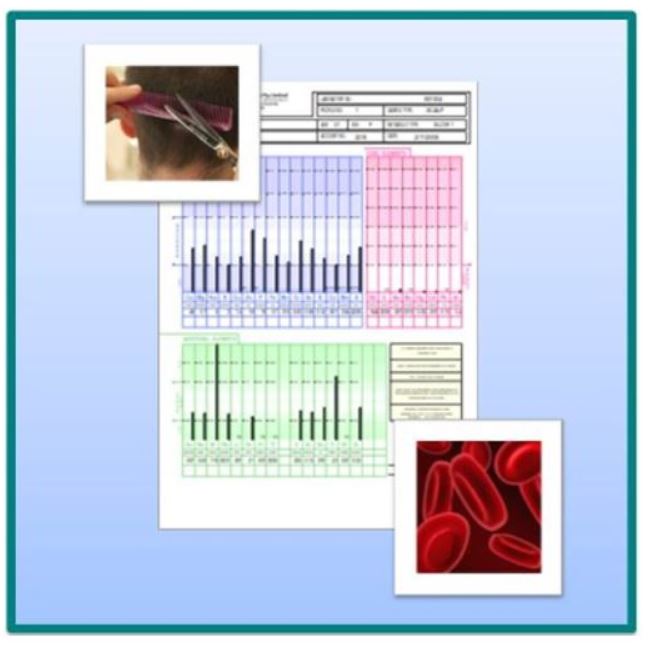
Do Hair Iron & Body Iron Correlate?
InterClinical eNews July 2018, Issue 82
Iron deficiency is one of the most common metabolic conditions in Australia. It induces symptoms of lethargy, poor concentration, shortness of breath and heart palpitations that can impact severely on human health. (1) Being able to accurately estimate iron stores is crucial to identifying anaemia as a causative agent. This study sought to investigate if hair iron correlates with specific serum iron markers and whether or not it can be employed as a non-invasive marker of bodily iron content in iron-deficiency anaemia. (2)
Markers of Iron Status
Several different types of tests are used to measure the amount of iron in the body, In this article, the authors compare hair analysis iron to common iron status markers: serum iron concentration, ferritin, total iron binding capacity and transferrin saturation.
Pros & Cons of Common Iron Markers
The gold standard for blood body iron measurement is tissue aspiration, but this method is painful, invasive, time-consuming and not without risk. A commonly preferred indicator used in most clinical settings is ferritin, from which iron storage can be inferred. However, ferritin is not always an accurate marker of blood iron stores as it can be easily affected by states such as pregnancy, acute or chronic inflammation, malignancy, infection, kidney failure or malabsorption syndrome. (2)
Hair as a Mineral Depository
Hair appears to function as a depository of trace minerals with hair minerals representing accumulation over time. Consequently, hair is potentially a good biopsy material which is unaffected by acute changes in mineral intake. However, strict sampling methods need to be observed for accurate testing results.
Hair & Blood Iron Comparative Study
The study population was gender and age-matched and apart from the anaemia, were otherwise disease-free. The three study groups comprised: 25 individuals with iron-deficiency anaemia, 20 participants with transfusion-related anaemia and 21 healthy controls. All participants underwent an initial fasting panel of blood iron markers. The correct hair cutting protocol was strictly observed and samples were excluded if the hair was treated, lightened, dyed or permanently waved. The hair samples were tested in triplicate under stringent laboratory conditions.
The results showed a statistically significant, strong positive correlation between hair iron and the iron blood markers: serum iron, ferritin, transferrin saturation, mean cell volume and mean cell height. They also showed a significant negative correlation between hair iron and total iron binding capacity (TIBC). (2) TIBC represents the exception to the trend since it reflects the ability of transferrin to bind to iron. When a deficiency is present, serum iron and ferritin are decreased and whilst TIBC is raised. This is consistent with low hair iron being reflective of high TIBC and the reverse.
The authors concluded that hair, sampled correctly, is a good biopsy material for the accurate evaluation of trace elements including iron.
REFERENCES
- Pasricha SR, Flecknoe-Brown SC, Allen KJ, Gibson PR, McMahon LP, Olynyk JK, Roger SD, Savoia HF, Tampi R, Thomson AR, Wood EM. Diagnosis and management of iron deficiency anaemia: a clinical update. Med J Aust. 2010 Nov 1;193(9):525-32.
- Sahin C, Pala C, Kaynar L, Torun YA, Cetin A, Kurnaz F, Sıvgın S, Sahin FS. Measurement of hair iron concentration as a marker of body iron content. Biomedical reports. 2015 May 1;3(3):383-7.
Copyright InterClinical Laboratories 2018, 2020

No Comments
Sorry, the comment form is closed at this time.